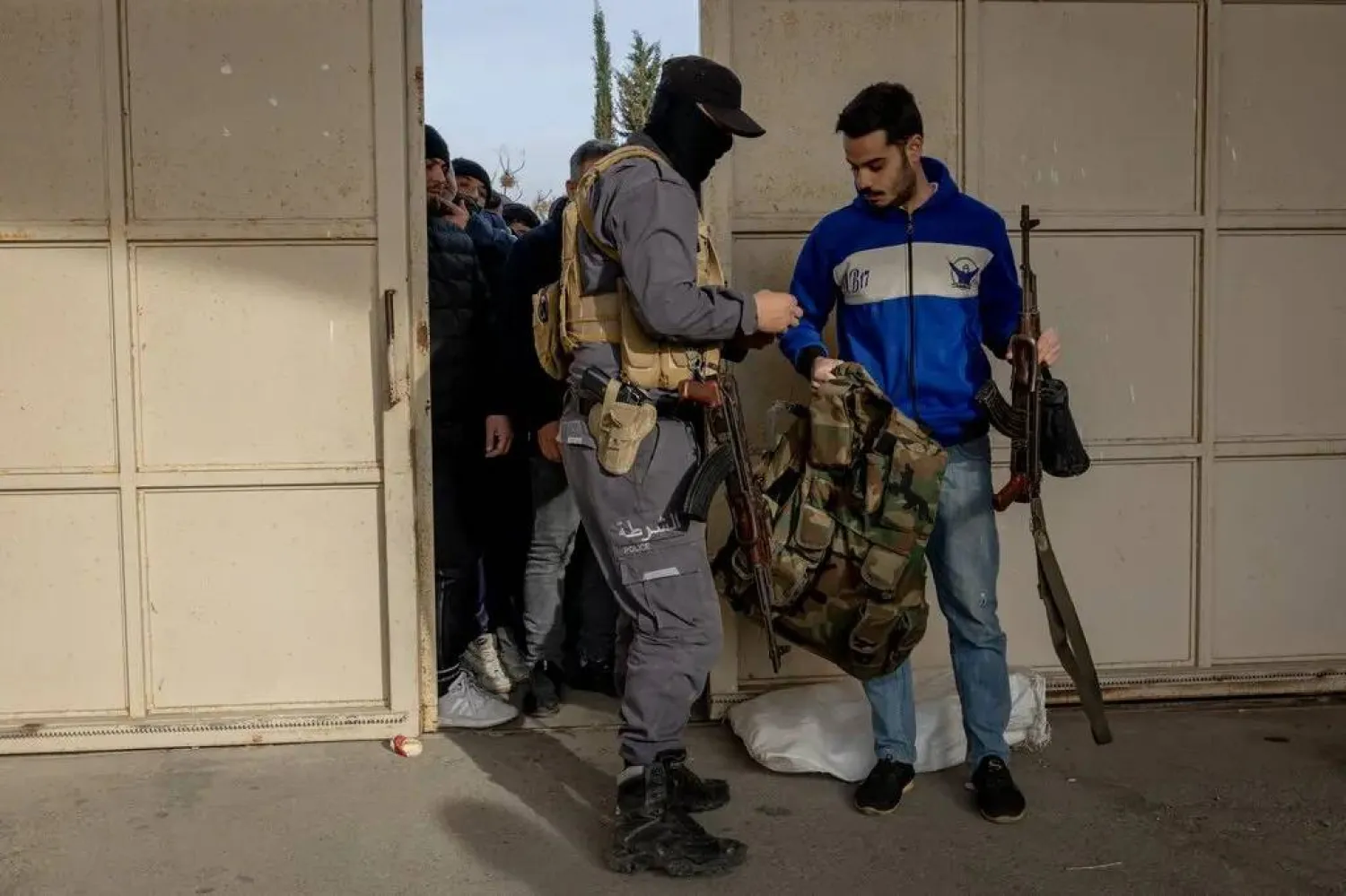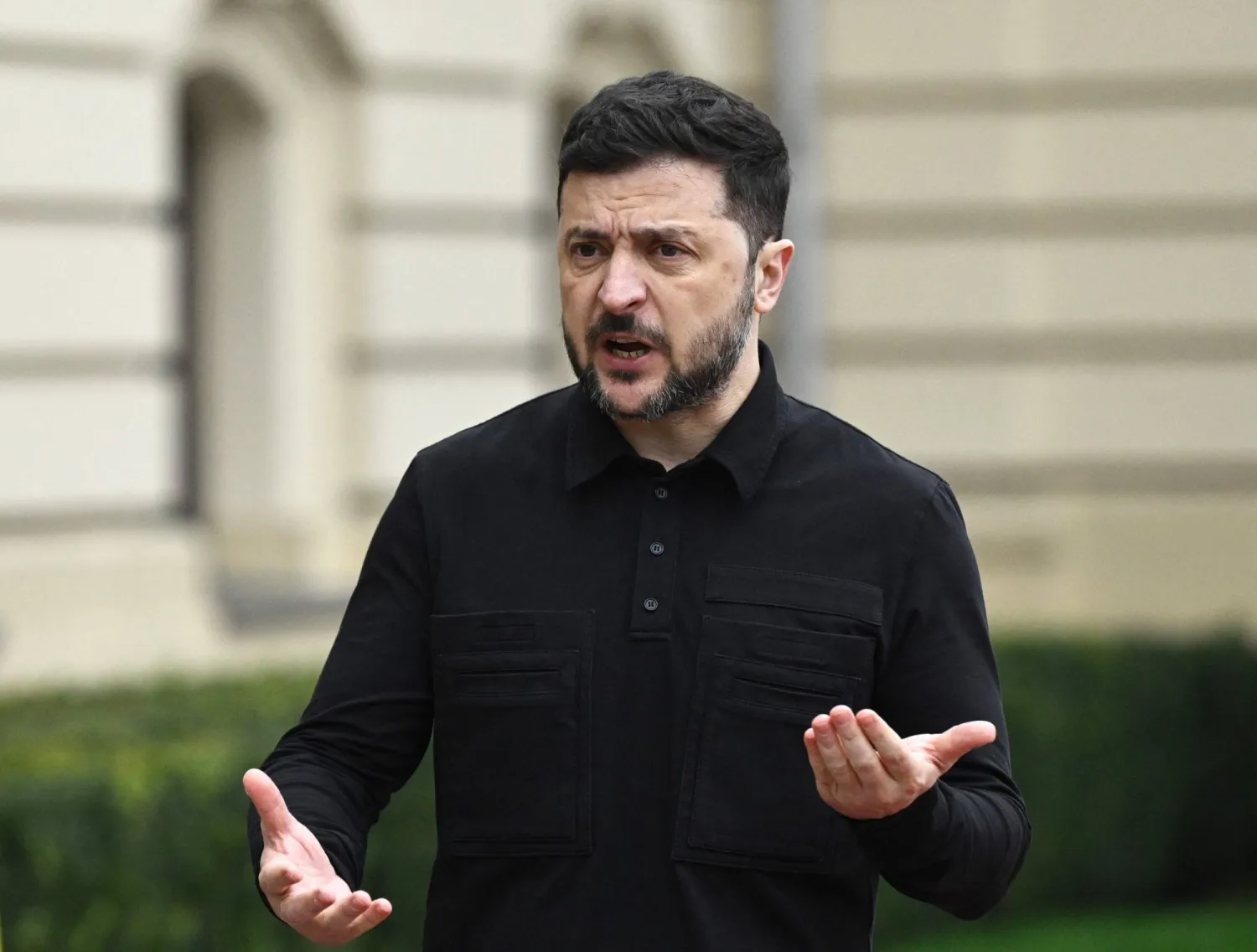Since the eruption of the conflict in Syria, warring parties, most notably foreign powers, have been scrambling to seize control of the country’s oil wealth. As the majority of the Syrian people struggle to provide the most basic of heating and electrical resources, foreign powers are dividing the Syrian cake among themselves as they reap the spoils of war.
During the 1930s, Syrian media said that the country’s oil “does not belong to the Syrians.” This is now more true than ever as Russia, the United States, Iran and various factions on the ground seek to capture the country’s lucrative oilfields.
A Syrian economic expert told Asharq Al-Awsat: “Since the 1980s and until 2010, Syria’s oil sector was controlled by the ruling Assad family.”
It kept the facts and figures hidden from the people and generated oil was not registered at OPEC, he said on condition of anonymity. It was only after the eruption of the 2011 uprising against the Assad regime that the hidden figures and details of the sector came to light.
As the conflicted heated up in 2012, the regime began to gradually lose control of the majority of the oilfields. Those in the east soon fell into the hands of the Free Syrian Army and later the extremist al-Nusra Front. The factions resorted to primitive methods to extract the oil. In 2013, ISIS emerged in the country, capturing the fields and securing funds for its terrorist activities. By 2014, it had seized the majority of Syria’s oilfields, most significant of which was the al-Omar field in Deir Ezzour.
The US Defense Department said in 2015 that ISIS generated revenues of 40 million dollars a month from Syria’s oil. Two years later, however, the group was defeated in Syria and the Kurdish Syrian Democratic Forces swept into the regions it once held. The SDF came to control some 70 percent of Syria’s oil, including the al-Omar field that used to generate 80,000 barrels per day before 2011.
In 2017, the regime regained control of the al-Shaer field in the eastern Homs countryside. It produces some 2 million cubic meters of gas per day. The regime and the Fifth Brigade, under the supervision of Russian forces, now control the gas fields in the Palmyra region in the Homs countryside. They also control oilfields that generate 9,000 bpd.
Selling Syrian oil
The conflict over Syria’s oil is a matter of life for the people because it is a main source of income in their country. Figures by British Petroleum revealed that Syria produced 406,000 barrels of oil in 2008, 401,000 in 2009, 385,000 in 2010, 353,000 in 2011 and 171,000 in 2012. The numbers continued to decline throughout the conflict to reach 24,000 in 2018.
The Syrian economic expert said Syria boasts 2.5 million barrels in reserve. This is a “very low” figure compared to other countries in the region, such as Saudi Arabia that enjoys 268 billion in reserves. Moreover, he said Syrian oil itself is of low quality and the cost of its extraction is high, reaching 20 to 25 dollars. In contrast, extraction in regional countries costs around 5 dollars.
The SDF, and ISIS before them, is forced to sell the oil to the Syrian regime, which sends it to the Homs and Banyas refineries. The SDF sells crude oil for roughly 30 dollars and generates some 10 million dollars in revenues per month.
The regime, meanwhile, receives oil from the SDF through agents and companies that were set up during the war for this very purpose. The agents used to purchase the oil from ISIS and later delivered it to regime-controlled regions. They now assume the same duties, this time with the SDF as the seller. Businessman Hussam al-Qaterji has emerged as one of the most prominent of such agents. He is a member of Syria’s parliament and heads a militia that is dedicated to delivering oil to regime-held areas.
Russian-American competition
Turkey’s operation against northeastern Syria in early October threw a wrench in the Russian and regime plans to restore control over the area and its oilfields. Ankara launched its offensive to cleanse the border area from Kurdish factions, including the SDF. Despite this, Russia has underlined the need for the regime to regain control of its oilfields. US President Donald Trump further complicated plans when he announced in October that he was determined to ink a deal with a major American company to operate Syrian oilfields. “What I intend to do, perhaps, is make a deal with an ExxonMobil or one of our great companies to go in there and do it properly ... and spread out the wealth,” Trump said. He explained that protecting the fields prevents ISIS from reaching them and allows the Kurds to benefit from them. The US must also reap its share, he remarked.
Trump had initially ordered all troops out of Syria in October, then decided to keep a force in place to hold the oil infrastructure. The move reinforces Washington’s Kurdish allies and prevents Russia and Iran from laying their hands on Syria’s oil. This also deprives Syria and Iran from the oil in the east, in line with US sanctions against them.
Since 2017, Iran has sought to impose its control over the eastern Alboukamal region. It has controlled the al-Qaim crossing that effectively secures a land route between Iran and the Syrian coast through Iraq. Tehran is also seeking to invest in Syria’s energy sector, however the American deployment in areas east of the Euphrates River are obstructing these ambitions. Russia, its friendly rival, also has ambitions in Syria. It is Moscow that has the lion’s share of Syria’s resources.
Today, Russia deploys military patrols in some oil regions in coordination with Turkey. It has emerged as the strongest player in Syria against the US. Russia first came to the regime’s aid in 2015, swinging the war in its favor. It also effectively entered the race to reap the majority of oil and gas deals in the country.
While the US, through its allies, has seized control of the majority of Syria’s oilfields, Moscow has sought to capture its gas wealth in the Mediterranean, which the Syrian oil ministry estimates at 250 billion cubic meters. It has struck deals to drill for oil and gas in territorial waters. These include the fields off the Tartus and Banyas coasts. Russia is also in charge of phosphate mines in Palmyra.
As it stands, Russia appears to benefit the most from any political settlement that can be reached in Syria. The US does not appear as eager and is instead employing its deployment in Syria to confront Iran and Russia.









